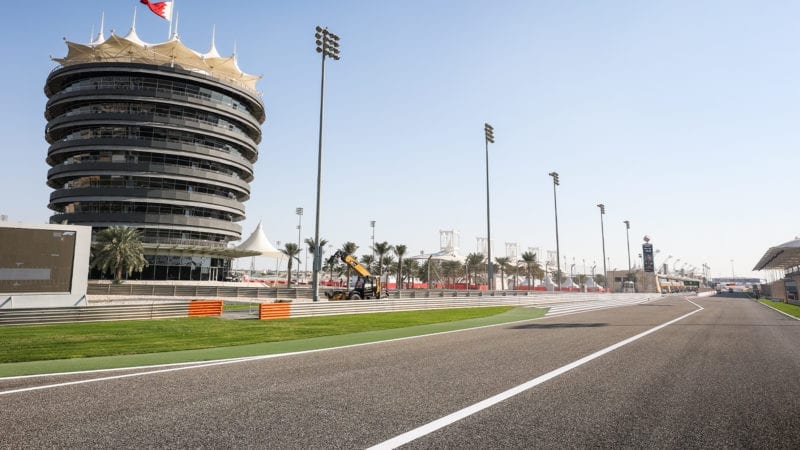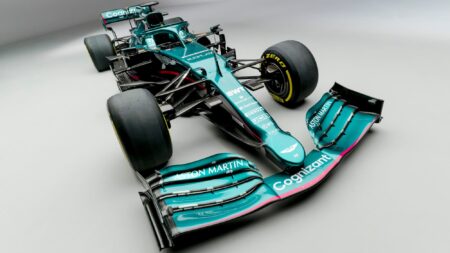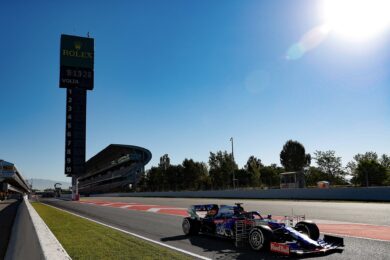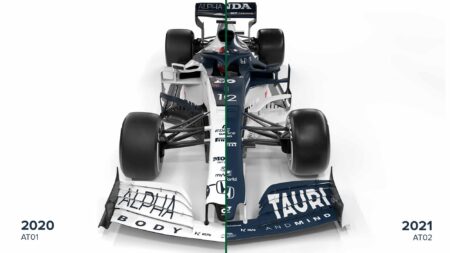Testing promises to be a much warmer occasion than usual. Bahrain last hosted a preseason test in 2014 but Barcelona has been in favour in recent years, as it’s quick and easy for teams to get to, with a varied layout to assess the cars — but this comes with cooler temperatures.
With the postponement of the Australian Grand Prix; continued coronavirus restrictions in Europe; and a reduced three days of testing, it made sense to switch this yer’s session to Bahrain. Teams can leave their infrastructure and equipment in place at the end of this weekend, ahead of the first grand prix of the year on March 28.
F1 testing in Bahrain
Temperatures are forecast to be between 23C and 33C this weekend, making it comfortably warmer than winter in Spain, and more representative of race conditions.
The climate will make it easier to assess tyre preparation and degradation, as well as the cooling packages on the cars. That’s just as well given that testing time is halved from six days to three this year.
It remains to be seen what teams can achieve. Last year, with six days of testing, only six teams managed to carry out a full race sim. With the need to correlate simulator data, check real-world airflow and aerodynamic performance, assess new tyre compounds, and run through settings, teams will have to make the most of every minute.
Any breakdown or part that doesn’t work as expected will have a heavy impact on teams’ schedules, and not just in terms of time lost on track: any replacements are a seven-hour flight from most factories.
2021 F1 testing: what to look for
A cut-back floor area and the banning of slots in the floor are among the regulations changes aimed at reducing downforce — and load on the tyres — by 10% this year.
But designers are looking to recover as much of that as possible, which is one reason why teams have kept the rear end of their cars secretive — until now. Cameras will be trained on the rear of each car as they roll into the pitlane, offering our first glimpse of the diffuser, rear brake ducts and the floor around the rear wheels, where innovative designs are expected.
More than ever, teams will need to get it right first time. Strong early-season pace will give teams the confidence that they’ll remain competitive all season, allowing them to switch focus early to next year’s car.
With a budget cap in place and large-scale rule changes for 2022, the more resources that can be allocated to next season improves a team’s chances of baking in a competitive advantage that can be maintained for years.
Speed trap results should offer some evidence of how power units have been developed over the winter. All manufacturers have promised improvements, and are working frantically to upgrade their engines and hybrid systems before the freeze on development at the end of the year.
However, don’t take it for granted that all will run in maximum power mode at some point in testing: some teams may keep a little in reserve.
Don’t read too much into testing
It’s not just top speed figures that you need to be wary of. Unless you’re viewing the data from inside the garage, a car’s true competitiveness won’t emerge from testing. Without knowing fuel loads, engine modes or tyre compounds, it’s impossible to compare cars with absolute certainty.




